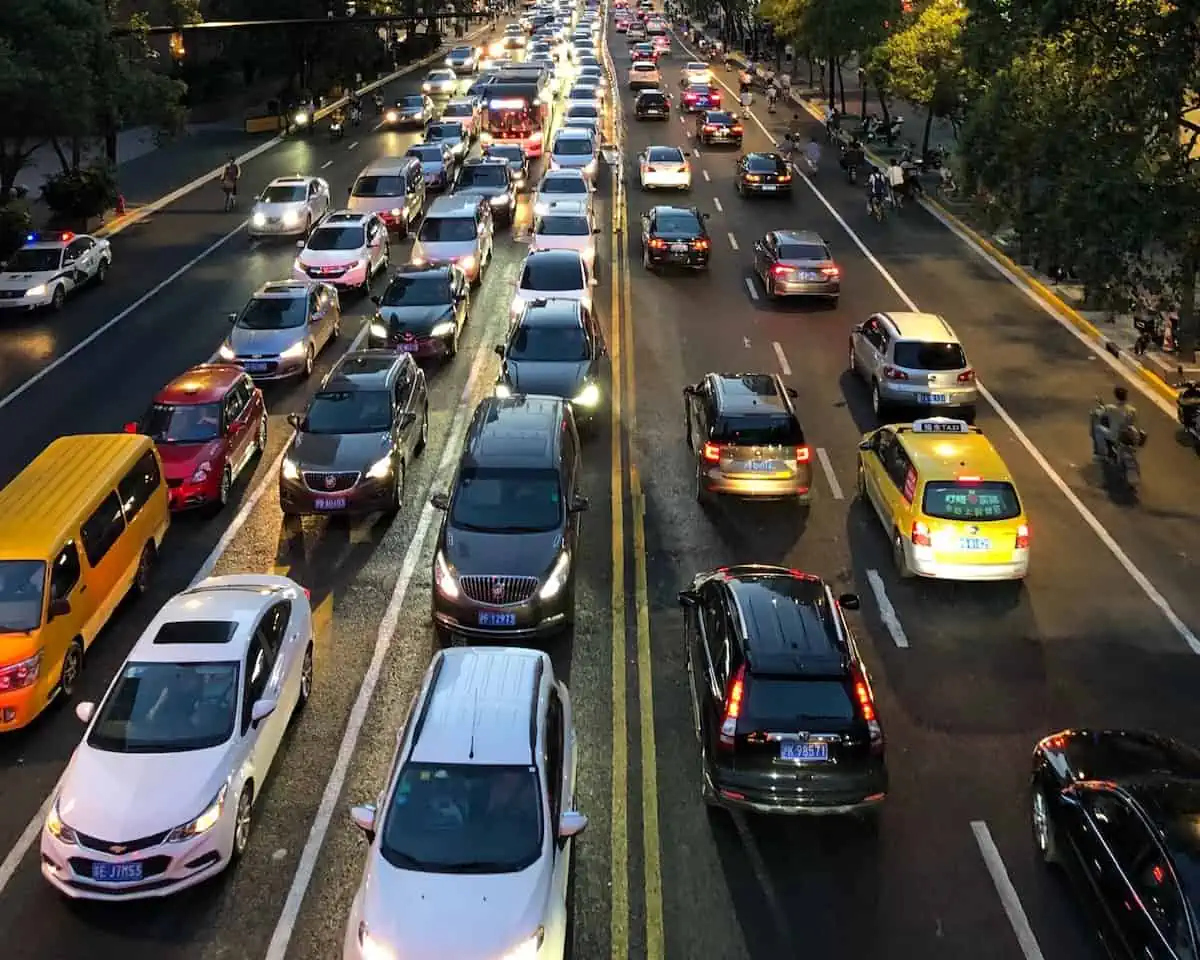Over the years, there’s no denying that there has been a sharp increase in the number of cars on the road, leading to bottle-necked and congested roadways. Not only does traffic congestion impact commuters, but it’s also a major concern for urban planners, city officials, traffic engineers, and businesses alike.
If traffic congestion is an issue you are concerned about, let’s explore four data-backed strategies for reducing traffic congestion.
1. Promote Public Transportation
Chances are, there is already some type of public transportation system available to commuters in your area. Whether it’s city buses, a subway system, light rail, or something else, promoting the use of public transportation is a quick way to reduce the number of private vehicles on the road.
If these options are only available at a limited capacity, it may be time to evaluate the costs and benefits of expansion. Doing so could provide quick relief while additional options are explored to reduce traffic congestion.
2. Analyze Your Traffic Volume
In areas experiencing new traffic congestion issues — and even those plagued with aging or inadequate infrastructure for years — big data can now be used to analyze traffic volume. In particular, annual average daily traffic (AADT) has quickly become an essential metric for analyzing traffic volume.
Software-powered data collected by AADT analyzes traffic moving in every direction to provide real-time information that can help plan for future infrastructure. Measuring AADT is an essential step when planning for future infrastructure improvements.
3. Consider Implementing a Congestion Pricing Model
Would having to pay a small fee during peak travel convince you to avoid hopping in your car at rush hour? The idea of congestion pricing is simple. By charging motorists a few extra bucks when they want to travel on gridlocked roads and highways, they’ll undoubtedly be incentivized to either adjust their commuting hours or consider alternative routes.
This approach has two benefits. First, it helps to reduce congestion during peak hours. Second, this type of pricing generates revenue, which can in turn be used for future infrastructure maintenance and improvement projects. Moreover, harnessing the power of AADT can help city planners determine which stretches of roadways implementing congestion pricing would be most beneficial.
4. Encourage Flexible Work Arrangements
As we saw during the worldwide pandemic in 2020, working from home greatly relieves traffic congestion. This shutdown also gave companies around the world an opportunity to assess remote and/or hybrid work models.
Though many businesses have slowly pushed to require non-essential workers to be back in the office, there is still an opportunity to alleviate traffic congestion by encouraging flexible work arrangements.
Whether it’s allowing employees to work remotely a few days a week or introducing non-peak time commuting options, less commuting means fewer cars on the road. Educating business owners about the many benefits of offering flexible work arrangements can help alleviate traffic congestion on bottlenecked roads and highways.
Leverage Big Data and Reduce Traffic Congestion
When evaluating traffic congestion in specific areas of town, there are several ways urban planners, city officials, traffic engineers, and businesses can address the issue. Short-term plans may include encouraging the public to utilize existing public transportation options, such as buses or subway systems, or educating businesses about the added benefits of offering flexible work arrangements.
However, long-term plans should start with software-powered solutions like AADT to analyze traffic conditions and better understand peak times and areas where congestion is an issue.
Using data to analyze traffic conditions can also help city planners when considering the implementation of a congestion pricing model. Ultimately, implementing data-driven solutions will help traffic congestion issues become a thing of the past.

